Description of different types of wood
| Western Red Cedar | 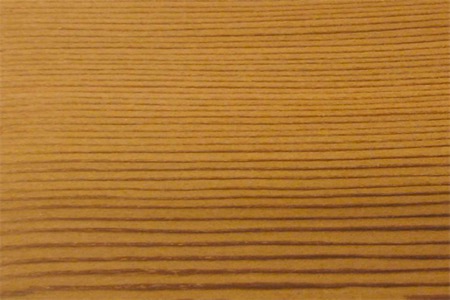 |
Although it is not traditional wood for a top, Red cedar is extremely popular among guitar builders and many classical guitars have been made from this type of wood. Red cedar is found on the west coast of America, from Alaska to Washington, Oregon and Columbia. Cedar is softer and not as strong or elastic as spruce, but much more stable. The colors range from light brown red to a chocolate brown color. |
|---|---|---|
| Engelmann spruce |  |
This is a type of wood that has grown in use due to the shortage of the German spruce and a good Engelmann is a good North American type of wood but much cheaper. Engelmann spruce can be found in the Rocky Mountains, New Mexico, Idaho and Montana. This wood is known for its lightness and clear color. Often used as a top and internal parts. |
| European spruce / German spruce |  |
Fichte / German spruce has always been traditional wood for making tops from guitars and other instruments. It has a beautiful ivory color. But it is a wood that is dangerously close to extinction. The quality of this wood depends on the density, the evenness of the grain, quarters sawn and the color. It is used to create tops. |
| African mahogany | 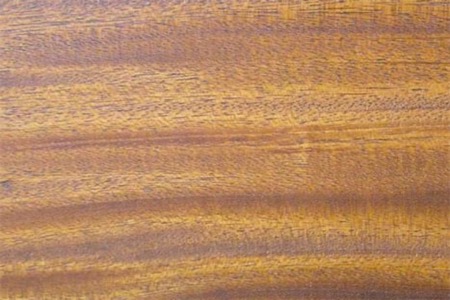 |
Samanguila, also known as Acajou, is 1 of the 5 types of wood of African Mahogany (khaya ivorensis). It is light pink wood that turns dark to a red-brown if you keep it in the light. Used for the neck and heel block of a guitar. |
| Ovangkol | 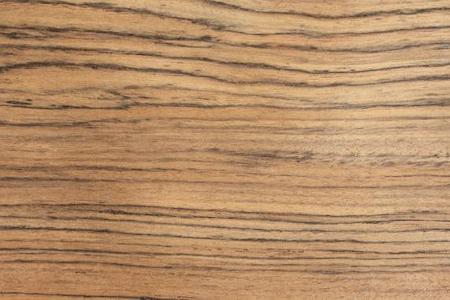 |
Tan-brown to chocolate-brown heartwood with gray-black stripes. Heavy and moderately hard with high rigidity, strong and shock resistant. Used for the back and sides of a guitar. |
| Indian Rosewood | 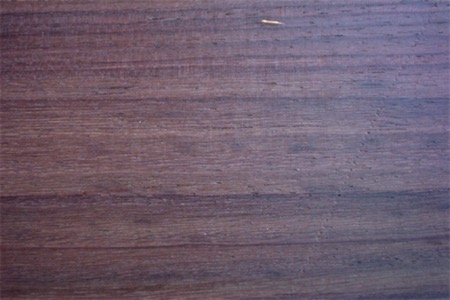 |
Indian rosewood is a subsitute for Brazilian rosewood. It is a lot lighter and not that dense, but more stable. The colors vary from red to a light brown with golden stripes. But often the colors are different shades of purple that eventually oxidize to a brown color. The quality depends on the limitation of the fiber, color and uniformity. Used for the sides, back, bridges and headplates. |
| Cocobolo Rosewood | 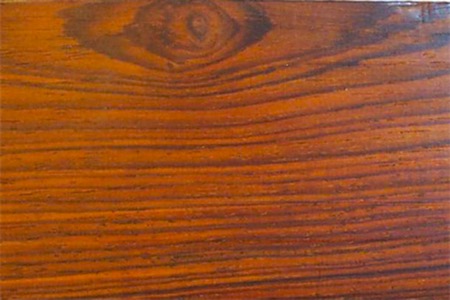 |
Very heavy and strong wood, elastic and stable during use. Cocobolo is an exotic wood with a rich color. It comes from South Mexico and Central America. Used for the back and sides of a guitar. |
| Kingwood | 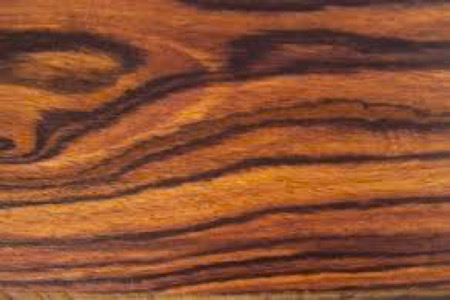 |
Kingwood is from South America. The botanical name is Dalbergia cearensis. The heartwood has colorful colors with a rich background of violet-brown, almost black with stripes of violet-brown, sometimes with golden yellow. This is a special appearance. Used for the side and back of a guitar. |
| Tropical walnut |  |
Tropical walnut is a wood from South-East Asia. The botanical name is fallax Juglans. It has chocolate brown color with a purple hue. The texture is quite coarse, the fiber is similar to Indian rosewood. This wood is easy to work with and has an excellent finish. |
| Flamed Maple / European Maple | 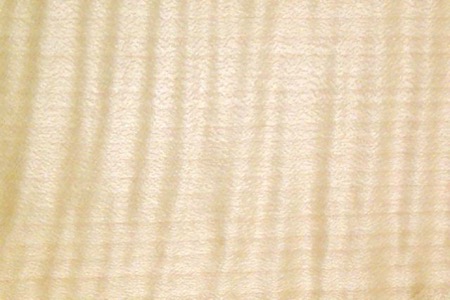 |
This particular species of European maple is very loud and reflective producing a loud and powerful sound. It is a hard wood of high density. It has a fine structure that gives a high resistance. |
| Koa | 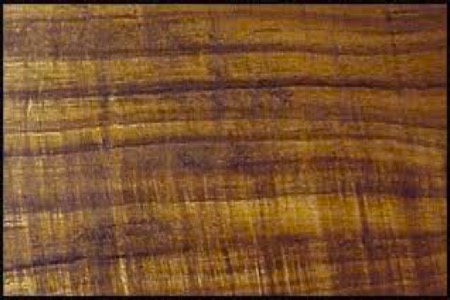 |
Hawaiian Koa (acacia KOA; Fabaceae family), rare wood par excellence, is an acacia of enormous beauty and individuality. Traditionally used for the construction of a ukulele and for the back and sides of an acoustic guitar. The colors vary from a deep chocolate brown and gold that has various attractive patterns. |
| Padouk |  |
Padouk has an orange / red color with a hairline stripes of dark brown especially when it is freshly cut. After oxidation it turns dark orange and tends to turn brown. This wood is lighter than the Indian rosewood and is ideal for the back and side of a guitar due to its stability, tone and ease of use. |
| Madagascar Rosewood | 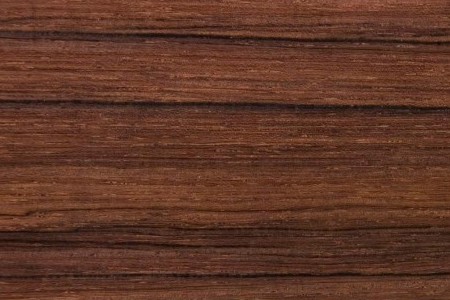 |
The color varies and can vary enormously, from violet, orange and brown to a chocolate hue. The wood often gets darker during the drying or finishing of the product. The characteristic black stripes, known as spider web, are always on the outside of the tree trunk. To keep as many patterns as possible, the back ball is sawn flat. The sides can be cut for 15 minutes, but these have fewer markings because they are cut from the center of the tree trunk. You will never find two same Madagascar Rosewood guitars, because each set is different and that is the power of beauty. |
| Santos Rosewood | 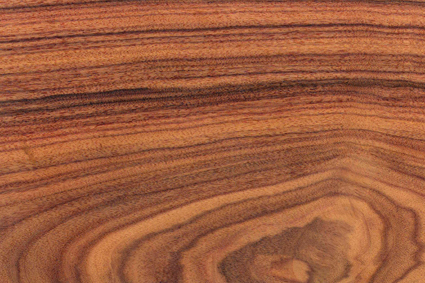 |
Like every Rosewood species, Santos Rosewood also has a striking and strongly veined drawing, but is a bit lighter in color and less red than the other species. Sometimes it can be called almost light brown.
Pay attention! |
| Bubinga |  |
The wood is widely used by builders of harps and other instruments such as bass guitar because it is soft and well-rounded sound. It is also used for drum kettles. |
| Pao Ferro / Amazon Rosewood | 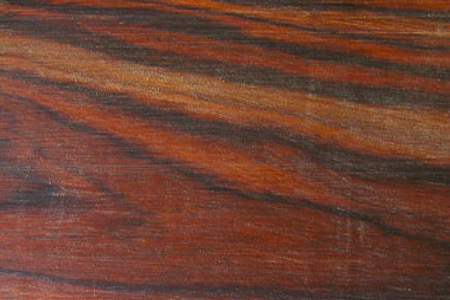 |
Pao Ferro or Amazon Rosewood is found in Brazil. The botanical name is caesalpinia ferrea. The heartwood is reddish. It weighs around 1010 kg / m3 with 12% humidity, making it a very strong type of wood (heavier than Indian Rosewood for example). The seasons are slower with a very small distortion and it is a porous wood that is very easy to work with. |
| Silver Oak |  |
This is a light brown, fine grain, hard wood that looks like Maple / Maple. It is used by guitar builders for the back and side of a classical or acoustic guitar and for the body of an electric guitar. |
| Cypress / Spanish Cypress |  |
Botanical name: cupressus sempervirens Origin: Mediterranean Other name: Cypress Usage: Back and side (Flamenco guitar) This natural colored wood with a characteristic aroma and is highly appreciated. It is known for its durability and is easy to work with. Cypress is only used for flamenco guitars. |
| Imbuia | 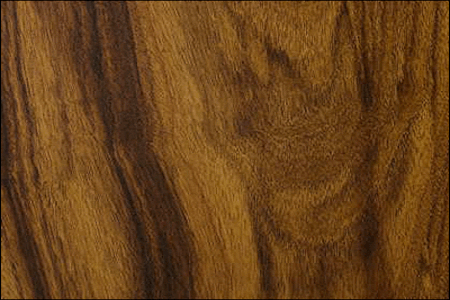 |
The color varies from olive green to chocolate brown and it has a nice pattern. This wood is highly sought after. Freshly cut, it has a pleasant spicy scent that fades with time. This wood is moderately hard and heavy. Is easy to work with and to glue. |
| Ebony |  |
All our ebony wood comes from Africa. It is a very dark, almost black, wood with a narrow, straight dark brown fiber with no knots. The texture is especially fine, but is resistant to wear. That is also the reason that it is used as a fretboard. Ebony is also used for the bridge and headplate of a guitar. |